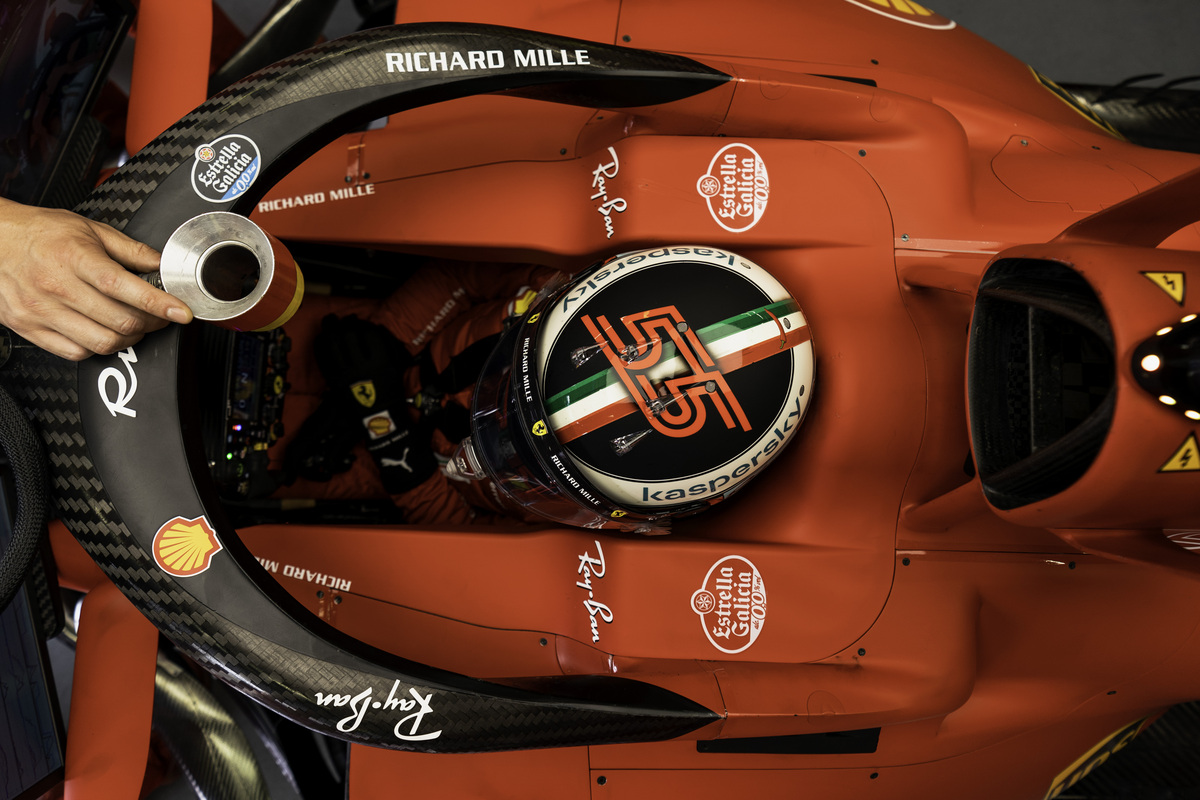
Most F1 drivers wear knee pads and there are several reasons for wearing them. This article will take a look at why F1 drivers wear knee pads and how wearing them, help F1 drivers.
F1 drivers need to be fit for every Grand Prix that they participate in. Missing one race in a season due to injury may cost them a place or points. In Formula 1, points mean quite a lot and decide the driver’s position at the end of the season. Formula 1 is an exhilarating sport but a dangerous one too. Every driver understands that taking his seat and travelling in a lightweight car at very high speeds is dangerous. And they take every precaution to protect themselves and their body parts. They wear the safety gear as stipulated by Formula 1. In addition, they also wear knee pads.
A Formula 1 car weighs barely 800 kg and runs at speeds above 300kph. The drivers are subject to very high G-forces that throw them around. With not much of a suspension to speak about, the drivers feel every bump on the slightest blemish in the track. Their torsos are strapped to the seats to protect them from being thrown around. The other parts of the body are not, and cannot be strapped or fastened for safety reasons. The neck, arms and legs are subject to varying G-forces up to 5G for two hours during the race.
Drivers wear helmets on their heads for protection. Their visors should be as strong as the helmets in order to withstand mishaps. A hole in the helmet allows the drivers to drink liquids to prevent dehydration. Goggles protect their eyes from dust and debris and act as a shield against sunlight. They wear fireproof suits and balaclavas to protect themselves in case of fire. To protect their ears from the thunderous roar of the engines, they wear ear special earplugs. Their arms can brace against the G-forces by gripping the steering. But there is no protection for the knees and legs.
Why do F1 drivers wear knee pads?
F1 drivers are subject to G-forces in excess of 5-g when they are accelerating, braking or cornering. Their legs can get thrown around against the sides or the front panel of the cockpit. Formula 1 car cockpits are small and cramped. The sides and the panels, where a drivers’ limbs are likely to come in contact with, are padded with soft material. But the padding is not sufficient to protect the drivers’ legs and knees for two hours of racing. No F1 driver would like to go into the next race with a hurt leg or a swollen knee.
An F1 driver has to work the accelerator pedals with his legs. The pedals worked furiously throughout the race. The legs must be on the pedals at all times during the race. One miss to accelerate on time could be a missed passing opportunity whereas not braking in time may lead to a mishap. Overtaking opportunities come rarely and far in between during a race. A sore keen or a leg could cost any driver the race. Drivers wear knee pads to protect their legs and for supporting their legs. It helps them control the car better and be fit for the next Grand Prix.
How do knee pads protect an F1 driver’s legs?
Drivers are subject to high G-forces when racing. All their body muscles are under great strain for the duration of the race. An F1 driver’s legs go through a lot of stress during the two hours of the race. The muscles of the upper and lower legs have to brace against the G-forces as well as work the pedals. The knee pads help as braces for the upper and lower parts of the legs. The legs are therefore pivoted at the hip rather than the knee. As the hip is secured to the seat by straps, this helps the knee when countering the G-forces.
Not all drivers wear knee pads. But many do so to protect their knees and legs. The strengthening of the knee joint helps the driver’s leg muscles. This makes sure that a driver will be fit again after a couple of days of rest. The knee pads also help the driver’s legs to withstand the bump jolts better. Driver’s lose as much as 3kgs of weight during a race. They have to recover this weight and be in prime condition before the next race. If the race is the following weekend, the driver gets just three days to recover from the previous race.
Conclusion
Formula 1 drivers have to be in top physical and mental condition for 22-23 races in a season. Some of the races are scheduled on successive weekends. It is not easy for drivers to get back in peak form from the ordeals of a race. That is the reason why drivers use all protective measures to guard their body and their lives. Using knee pads keeps the knees safe from the hits on the sides and front of the cockpit. Knee pads also brace the upper and lower legs. This helps the driver brace against the G-forces and control the car better.
Curious about the Difference Between F1 and IndyCar Racing?
